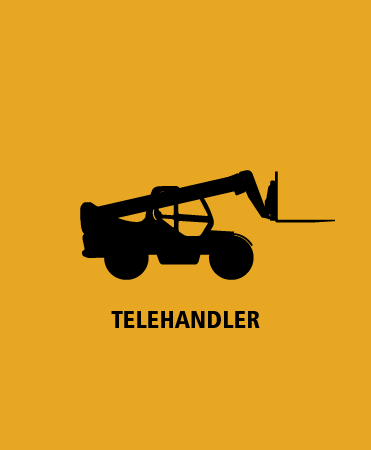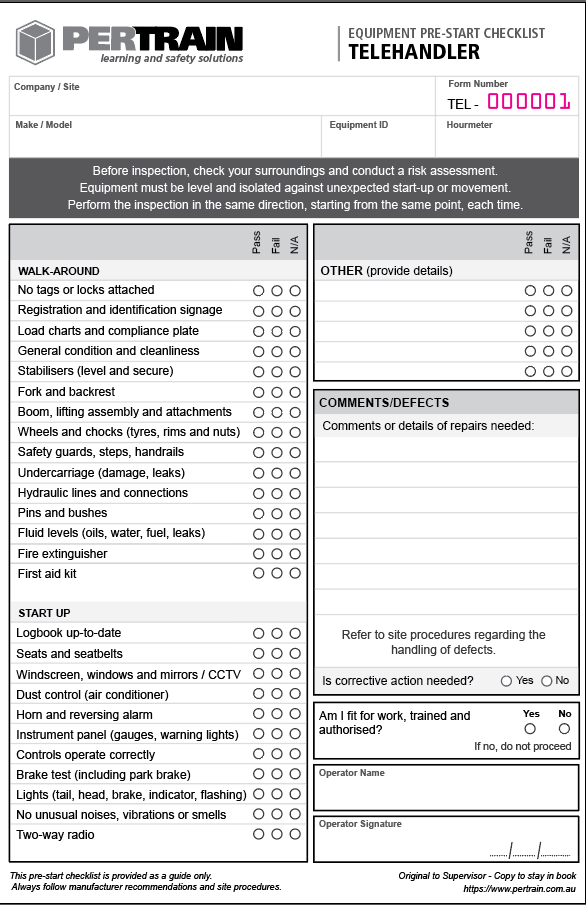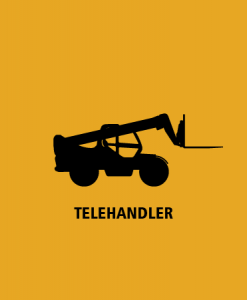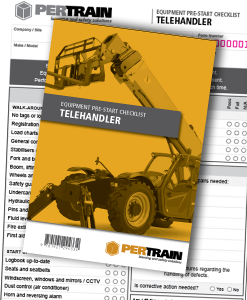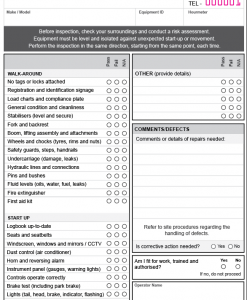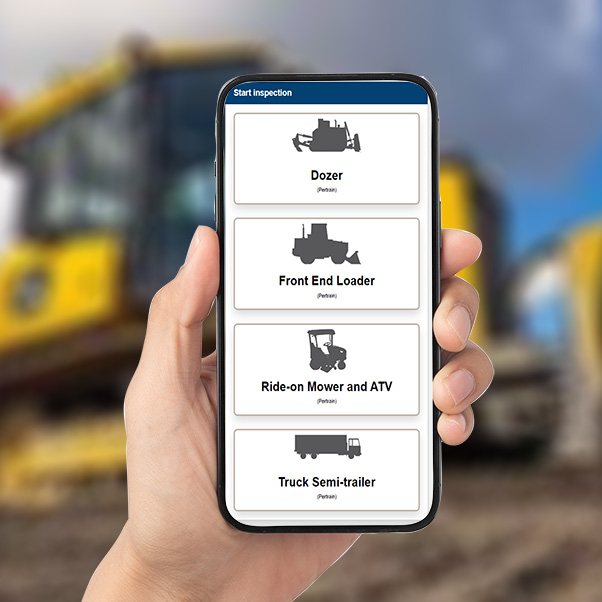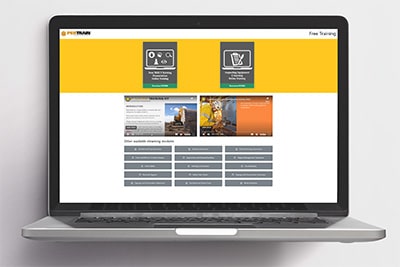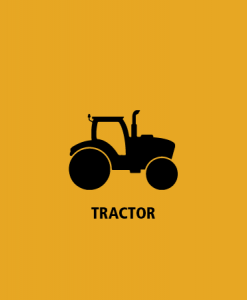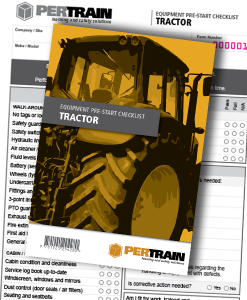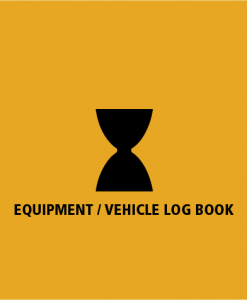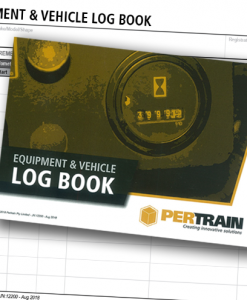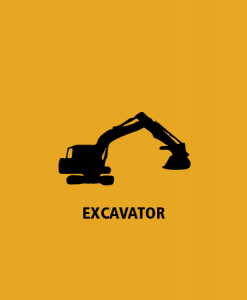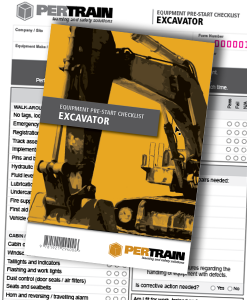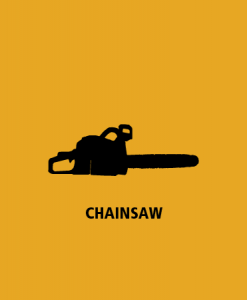Telehandler Pre-Start Checklist
Our Telehandler Pre-Start Checklist Book is designed by industry professionals to assist machinery owners and operators in meeting their obligations while promoting a safe working environment.
Purpose of a Telehandler Pre-Start Book
- Identifies mechanical, hydraulic, or safety issues before operation.
- Ensures compliance with site safety and WHS regulations.
- Helps prevent accidents, breakdowns, and costly repairs.
- Provides a record of inspections for audits and maintenance tracking.
- Supports preventative maintenance by logging defects and servicing.
What’s Included in a Telehandler Pre-Start Book?
-
Telehandler Details:
- Make, model, and serial number.
- Fleet/plant ID and location.
- Operator name and date.
-
Prestart Inspection Checklist:
- Fluids & Fuel Levels: Engine oil, coolant, hydraulic fluid, fuel.
- Battery & Electrical System: Battery charge, wiring, lights, alarms, horn.
- Brakes & Steering: Functionality, hydraulic leaks, responsiveness.
- Tyres & Wheels: Inflation, tread wear, lug nuts secure.
- Hydraulics & Lifting Mechanism: Hoses, cylinders, leaks, proper extension/retraction.
- Boom & Attachments: Quick hitch, forks, bucket, wear and tear.
- Cab & Controls: Seatbelt, mirrors, controls, gauges, emergency stop.
- Fire Safety Equipment: Fire extinguisher present and operational.
- Stability & Load Capacity: Check stabilizers and ensure load capacity limits.
- Operational Check: Test lifting, lowering, and tilting functions.
-
Defect Reporting Section:
- Space for operators to report faults or irregularities.
- Supervisor acknowledgment and actions taken.
-
Maintenance Log:
- Record of completed repairs or servicing.
-
Operator Sign-Off:
- Confirmation that the prestart check was completed.
- Acknowledgment of any identified faults.
Who Uses a Telehandler Pre-Start Book?
- Operators & Site Workers – Complete prestart checks before use.
- Supervisors & Safety Officers – Review logs for compliance.
- Maintenance Teams – Use records to schedule servicing and repairs.
Why is it Important?
- Ensures the telehandler is safe and functional before operation.
- Reduces workplace accidents and breakdowns.
- Ensures compliance with WHS and site safety regulations.
- Provides a legal record of inspections for audits and safety reviews.
Equipment Owners have a legal requirement to provide equipment that’s fit–for–purpose and safe to use.
Equipment Operators have an obligation to ensure equipment is safe to use before using it.
For larger orders we offer full customisation (Add a logo, change colours or alter the checksheets). Call us for a price.
